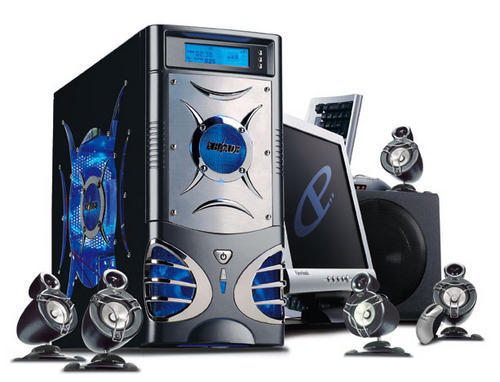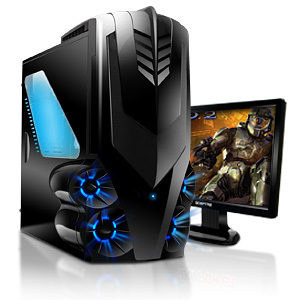| Building a Gaming Computer If you love playing computer games, chances are you have been thinking of a new computer so that the new game you have been eyeing does not run like a snail when you start to play it. Ever thought about building your own gaming computer? Besides saving a bundle of money, you will learn a lot and end up with a high-performance machine suited to just your needs. |  |
 | The process involved in building your own custom gaming computer is quite straightforward. Let us take a look at what is involved and some points that you need to consider. Choose your individual components carefully so that they work together seamlessly, there are several installation guides and examples available on the Internet to give you an idea of what to consider. The basis for your new computer is the case and power supply. Make sure the case has enough room to fit your motherboard and other components, including any future requirements such as a Blu-Ray drive. The power supply should be powerful enough to supply all components, at least 500W is recommended. The motherboard is the heart of your system and you will need to select this in conjunction with your CPU and memory. Make sure there are enough PCI slots for your future needs too. An inbuilt sound card is common, but you will probably want to add a dedicated sound card at some stage. |
| If the motherboard is the heart of your new system, then the CPU is the brain. Choose between the two leading brands, Intel or AMD, and go for the best model you can afford. But make sure it is compatible with your motherboard. Buy as much memory as you can, you can never have too much! The latest type is DDR3, and a minimum for a decent gaming computer is 4GB. Again, make sure your motherboard supports this type and has room for expansion. A good quality video card is vital, particularly if you enjoy the latest 3D games. Buy the best you can afford with at least 512MB of video memory included. |  |
| If money is no object, then your choice of hard drive will be a new solid state drive (SSD), but for most of us a SATA drive, minimum 250GB, will be the best. Again, make sure your motherboard supports your selected drive interface. Complete your gaming computer with an LED or LCD monitor with a response rate of 5ms or better, good quality loudspeakers and you¿ll end up with a system that will give you a great gaming experience. Then you can start looking at those more esoteric accessories, such as a racing wheel or gaming chair. The sky is the limit... or perhaps the state of your wallet! | |